
The Moment We've Been Fighting For
Klamath Dams are Coming Down
By Curtis Knight, CalTrout Executive Director
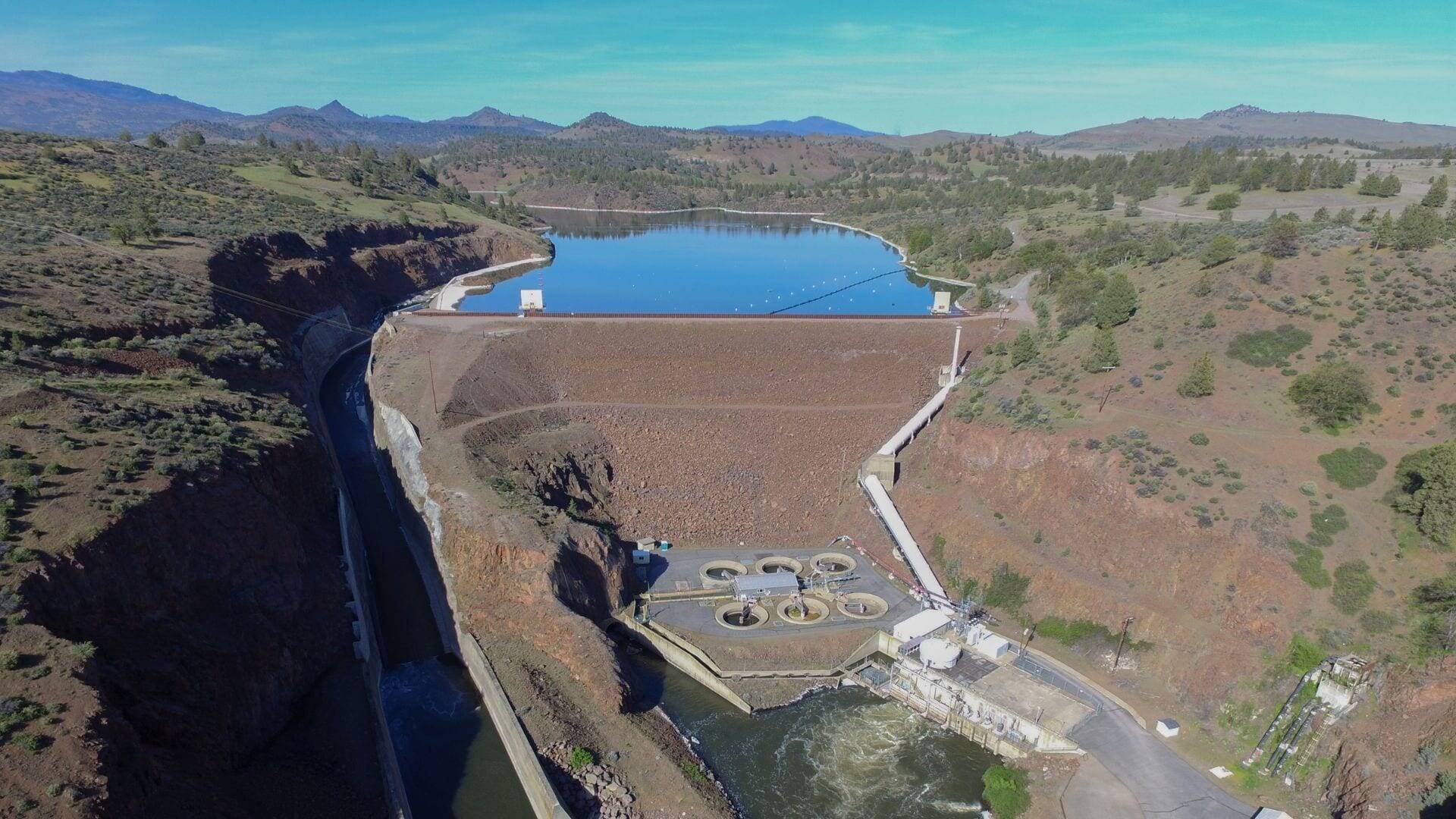
It takes a long time to remove four large dams from a river. To simplify more than 20 years of effort risks glossing over fish kills, cultural injustices to tribal nations, water shut offs, lawsuits, hours spent in windowless hotel conference rooms, stacks of reports and data and corporate indifference...
But in November 2020, the moment arrived when PacifiCorp (and its owner Berkshire Hathaway) agreed to the full terms of dam removal on the Klamath River—the largest dam removal project in United States history.
This monumental decision validated decades of work on the part of more than 40 partner organizations, including the Karuk, Yurok, and Klamath Tribes, the states of California and Oregon, and commercial fishing and conservation groups.
Plans are in motion. License transfer applications have been filed. Contractors are signing on. And the four dams are slated for removal in 2023.
An Obvious Choice
It really comes down to this: the costs of these dams—and the subsequent blocking of more than 300 miles of spawning and rearing habitat—far outweigh the benefits. And it’s not even close.
The decimation of a salmon run that once topped one million fish, now as low as 10-20,000.
The impact of this loss of salmon, as well as lamprey and other native fish, on the subsistence and cultural fabric of the Yurok, Karuk, Hoopa and Klamath Tribes.
The entire shut down of the commercial salmon fishing season in recent years.
The degradation of water quality below the dams causing disease outbreaks, some years killing more than 80% of juvenile salmon on their way out to sea.
The benefits, meanwhile, are meager at best. The relatively small amount of hydropower (80MW) provided by the dams has already been replaced by the power company (PacifiCorp). The dams serve zero irrigation needs, provide no drinking water supply (have you seen that water?!), and offer very minimal flood control benefits.
The most striking part of this imbalance is to wonder: why has it taken so long to get these dams out?
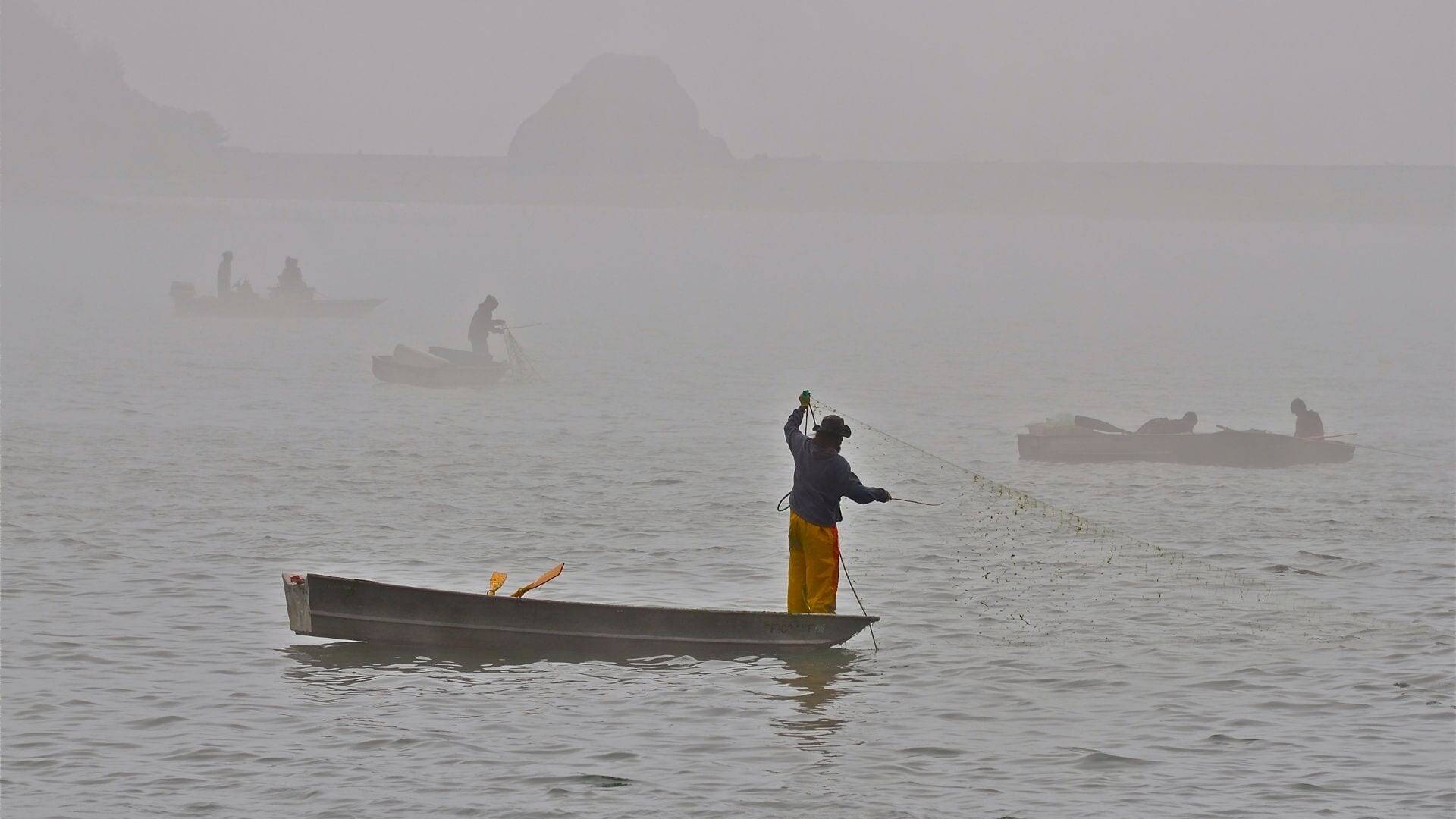
Tribes Leading the Way
The Klamath is a tribal river, and always has been. Strong tribal leadership—from the Yurok on the lower Klamath, the Karuk of the mid-Klamath, and the Klamath Tribes in Oregon around Upper Klamath Lake—has led the charge to remove these dams. Not just for the 20 years that CalTrout has been involved, but since the first dam went in, back in 1903.
It is these people and their nations who lead the way on Klamath dam removal and the restoration of a river. I have known and worked closely with them for many years, including two who are no longer with us: Troy Fletcher and Ronnie Pierce.
Troy led with fierceness and compassion. Ronnie was there from the beginning, trudging through endless meetings with PacifiCorp and the Federal Energy Regulatory Commission (FERC), never losing conviction. Her passion surfaced at one otherwise dull meeting, when a PacifiCorp representative perked up after hearing the name Blue Creek and asked, “where’s Blue Creek?” Ronnie exploded, “Blue Creek? Where is Blue Creek? You are really asking that? You dammed our river, killed our fish, attacked our culture, and now you ask where Blue Creek is?” With that, she stalked out of the room to let out some steam.
Blue Creek is, of course, one of the largest and healthiest tributaries to the Klamath and incredibly important to both fish and tribal culture. The fact that this hapless PacifiCorp rep didn’t know where it was fueled the perceived disrespect held by the company toward the river and local people.
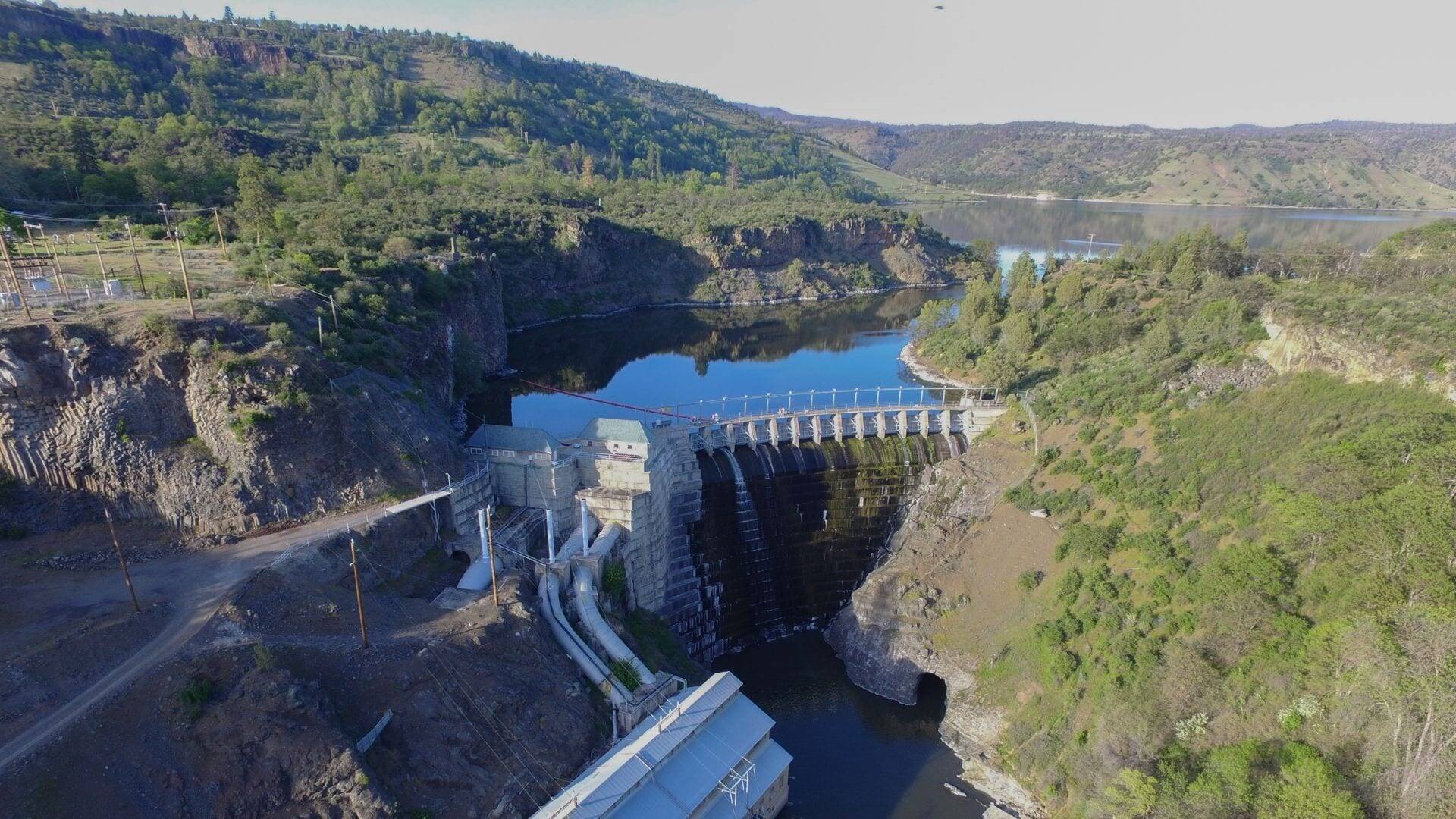
Copco 1 on the Klamath River
Getting it Done
The actual removal of the dams is a major (de)construction project--$450M worth. The Klamath River Renewal Corporation (KRRC), a non-profit established for the sole purpose of removing the dams, leads this effort. The KRRC manages the $450M budget and several large construction and restoration contractors—Kiewet, Resource Environmental Solutions (RES), local tribes, among others—to develop and execute the removal plan.
The current plan calls for all four dams to be breached in 2023. Details are being worked out on sequencing, sediment management and restoration of the drained reservoir footprint.
Challenges remain, primarily procedural. FERC has federal jurisdiction over hydro dams and can be a bureaucratic labyrinth, and the permitting process is working its way through multiple agencies. The permitting process alone can be frustrating for a dam removal project like the Klamath. The requirement to justify potential environmental impact for one of the most self-mitigating projects in river restoration history is a process we need to improve on.
A Digression...
It has taken 20+ years to get this far on the Klamath—and we are still not there. Compare this to the 30-year time frame from 1940-1970 when every large dam in California was built—Shasta Dam, Oroville, Folsom, Iron Gate, Trinity, New Melones, to name just a handful—on every major river in California (except the Smith!).
We need to expedite the removal of big dams that don’t make sense. Not all dams, just the ones that never did or no longer balance the economic, cultural, social and environmental costs and benefits. The four dams on the Klamath, Scott Dam on the Eel River, Rindge and Matilija Dam on southern steelhead country all fall into this category. It is time to move fast on these.
CalTrout’s Role on the Klamath
CalTrout began attending meetings held by PacifiCorp in 2000, to assess the possibility of relicensing four dams on the Klamath River through FERC’s grinding process. We worked closely with our conservation partners (Trout Unlimited and American Rivers), commercial fishing representatives and, most importantly, developed relationships with the Karuk, Yurok and Klamath Tribes. This process evolved into settlement talks following a court hearing in 2006 that ruled against PacifiCorp’s effort to meet fish passage requirements by trucking fish around the dams. This ruling opened the door for talks that included dam removal as a central focus. With persistence through plenty of twists and turns (and four presidential election cycles!), the Klamath Hydro Settlement Agreement emerged, establishing the Klamath River Renewal Corporation for the sole purpose of removing four dams from the river.
CalTrout currently serves as an alternate on the Klamath River Renewal Corporation Board, representing conservation groups, and chairs the Fundraising Committee. It’s incredibly satisfying at this point to see the awesome staff and Board of the KRRC work on the actual details of removal: project plans, budgets, permits. It’s a lot of work, but the process of removal is actually happening.
INNOVATIONS IN SCIENCE
Dr. Rob Lusardi, CalTrout/UC Davis Coldwater Researcher, has been working with the Yurok Tribe to establish baseline macroinvertebrate and fish conditions in 17 locations, from Link River Dam to Blue Creek on the Klamath River. Additionally, they are working with agencies and others to develop otolith (small ear bones) chemistry to determine and track birth origin of fish.

PREPARING TRIBUTARIES
The Shasta and Scott Rivers are important as the two largest tributaries to the Klamath River just below Iron Gate Dam. CalTrout has been working for 15 years in the Shasta and Scott River valleys, working with ranchers to update irrigation and water management practices to improve habitat and flows, which will allow wild fish populations to recolonize the Upper Klamath River above the dams.
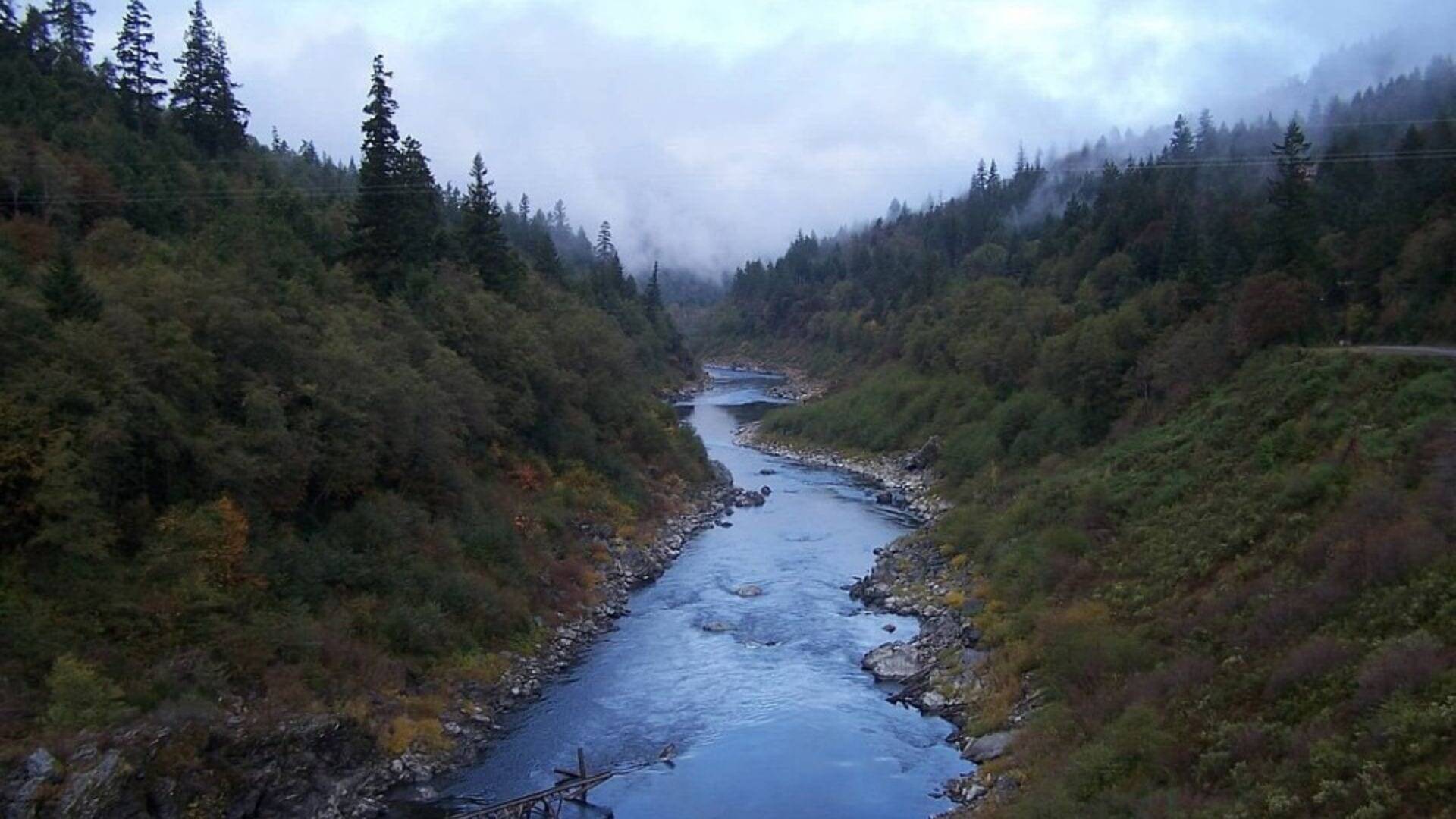
the mighty Klamath River. Credit: Scott Cunningham
Removing four major dams on the Klamath River is no easy task, nor is it a quick one. But the tenacity and resilience of those leading the charge—from our tribal partners to our friends in conservation and members of the KRRC—inspires me every day to keep fighting for what we believe: that healthy fish mean healthy water, and healthy water will sustain the California that we know and love.
After 20 years of CalTrout involvement on this landscape-altering project, and the finish line just now coming into view, I’m in awe of the organization that we’ve built—made possible only by the dedication and support of our incredible community of members and staff—and the lasting impact that we are here to make.
The first 50 years of CalTrout are filled with moments that write history—from our first demonstration project on Hat Creek, to the largest dam removal project in United States history.
I can’t wait to see what comes next.





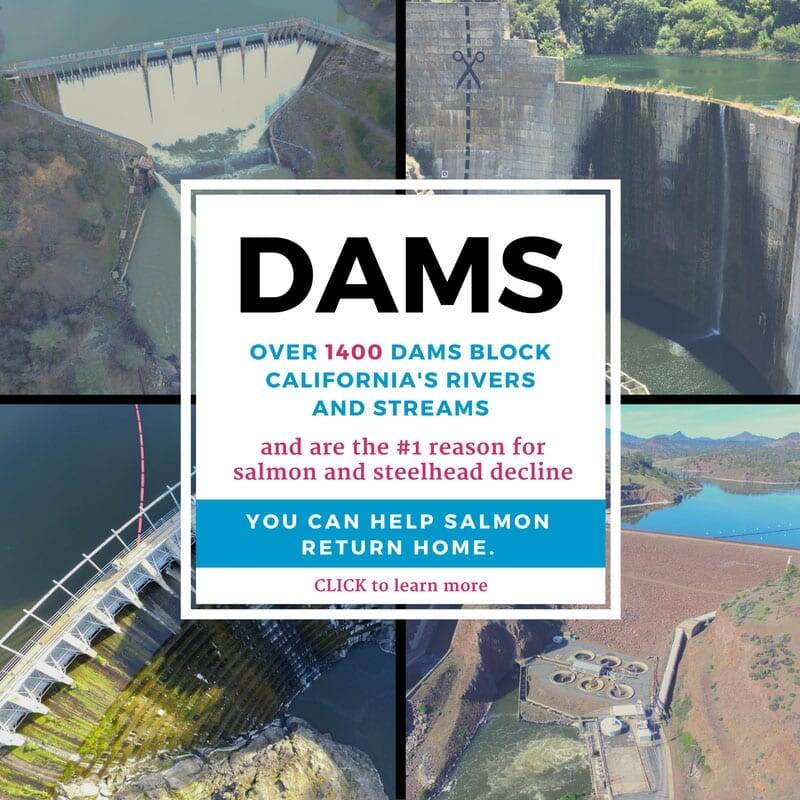


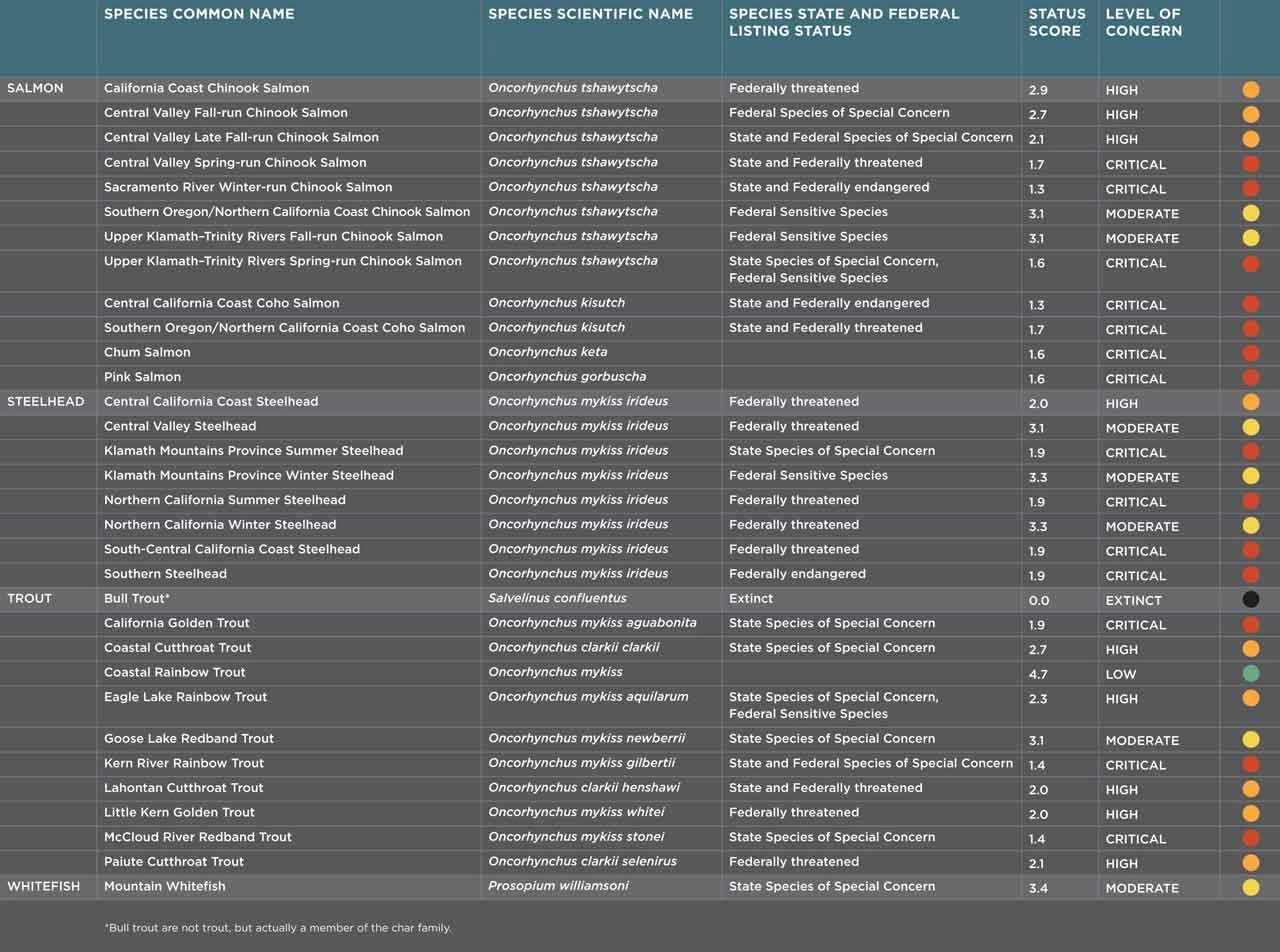












 Dams block access to historical spawning and rearing habitats. Downstream, dams alter the timing, frequency, duration, magnitude, and rate of change of flows decreasing habitat quality and survival.
Dams block access to historical spawning and rearing habitats. Downstream, dams alter the timing, frequency, duration, magnitude, and rate of change of flows decreasing habitat quality and survival.